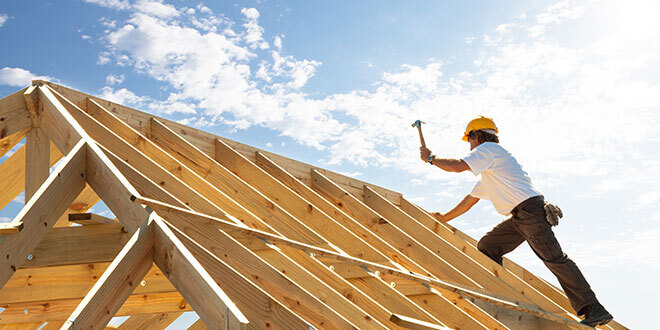The rising prices of popular building materials, particularly lumber, are resonating with retailers and customers alike. Earlier this month, new data showed residential home builders reported a 26 percent increase in building material prices. In May, the price of lumber hit an all-time high before falling slightly in the weeks to follow.
The price hikes have impacted retailers in a number of ways. Sticker shock is frustrating customers and causing project delays, impacting operators’ bottom lines. Scott Reynolds, president of American Hardware & Lumber Insurance, says retailers may not know that sharp increases in building material prices could also have extreme effects on their insurance coverage. Retailers run the risk of being underinsured and not having proper limits on their current policies.
Learn more from Reynolds about the many ways recent building material price spikes can impact independent home improvement operations.
Can you describe the price situation for popular building materials?
The price of lumber is skyrocketing. And the price of building materials in general is going up faster than the rate of inflation, but lumber it’s been a whole different atmosphere. It depends on the location, too, in some hard-to-reach places prices have gone up as much as 400 percent.
Lumber prices in the past few days have settled back down, but they’re still running about 180 percent higher than they were before the pandemic began. Roofing materials, hardware, every home improvement product has seen prices increase, but lumber is the one of paramount importance. To rebuild a structure, lumber costs are going to be hugely different than when a retailer’s insurance policy was written.
For example, if a lumber retailer had an inventory worth $500,000, that inventory may be worth as much as $2 million with price increases. If their insurance policy only covers $500,000 worth of inventory, that’s a big problem. Some policies have inflation coverage, but those limits are usually modest and don’t usually exceed 10 percent. So a retailer could face a situation where they really need to review the value of their inventory and the replacement cost of their buildings, because there’s a very good chance their current insurance policies are inadequate.
What potential issues does a retailer face if they don’t have adequate coverage amid these price hikes?
Let’s consider the average lumber dealer. Their building may be worth $2 million and their inventory may equal $1 million. When they bought their insurance policy, they bought coverage for these specific amounts and were adequately insured. Now, let’s say a windstorm destroys the building and their inventory entirely.
If that happens, the cost to replace that building may now be roughly 25 percent higher than anticipated when the policy was written. And the cost to replace inventory could very likely be double. So the retailer may have to fund large amounts of money out of their own pocket to rebuild and quickly find themselves underwater.
What we’re advising is that if someone’s policy is up for renewal soon, sit down with your insurance agent and carefully consider the cost to restore inventory and your building amid this new pricing situation. Even if your policy isn’t up for renewal, it’s still a good idea to review the policy midterm and ask your agent to endorse the policy to have proper limits.
What questions should a retailer ask their insurance agent?
First, ask to confirm the limits of your coverage. Retailer should have a copy of their current policy, but be sure to confirm those figures. Then, a retailer and their agent should carefully review what’s happened to building costs in their geographic region and the rising cost of their inventory. Look at the Lumber index to get current figures. It’s sitting at roughly $1,000 per 1,000 ft., which is way higher than it was before COVID-19.
Together, validate the cost to restore the building and the inventory. Compare that to your current coverage and request any increases necessary to ensure they’re adequately covered.
A retailer also needs to review their current sales—those have probably increased in the past year. A lot of retailers have done well during the pandemic, and another coverage within their property policy is business interruption coverage. Similarly to the cost of lumber, they also need to consider how the loss of sales they may experience if their building is destroyed would impact their business. A retailer should review their business interruption worksheet with their insurer to be certain those figures are in line with current realities.
 Hardware Retailing The Industry's Source for Insights and Information
Hardware Retailing The Industry's Source for Insights and Information








